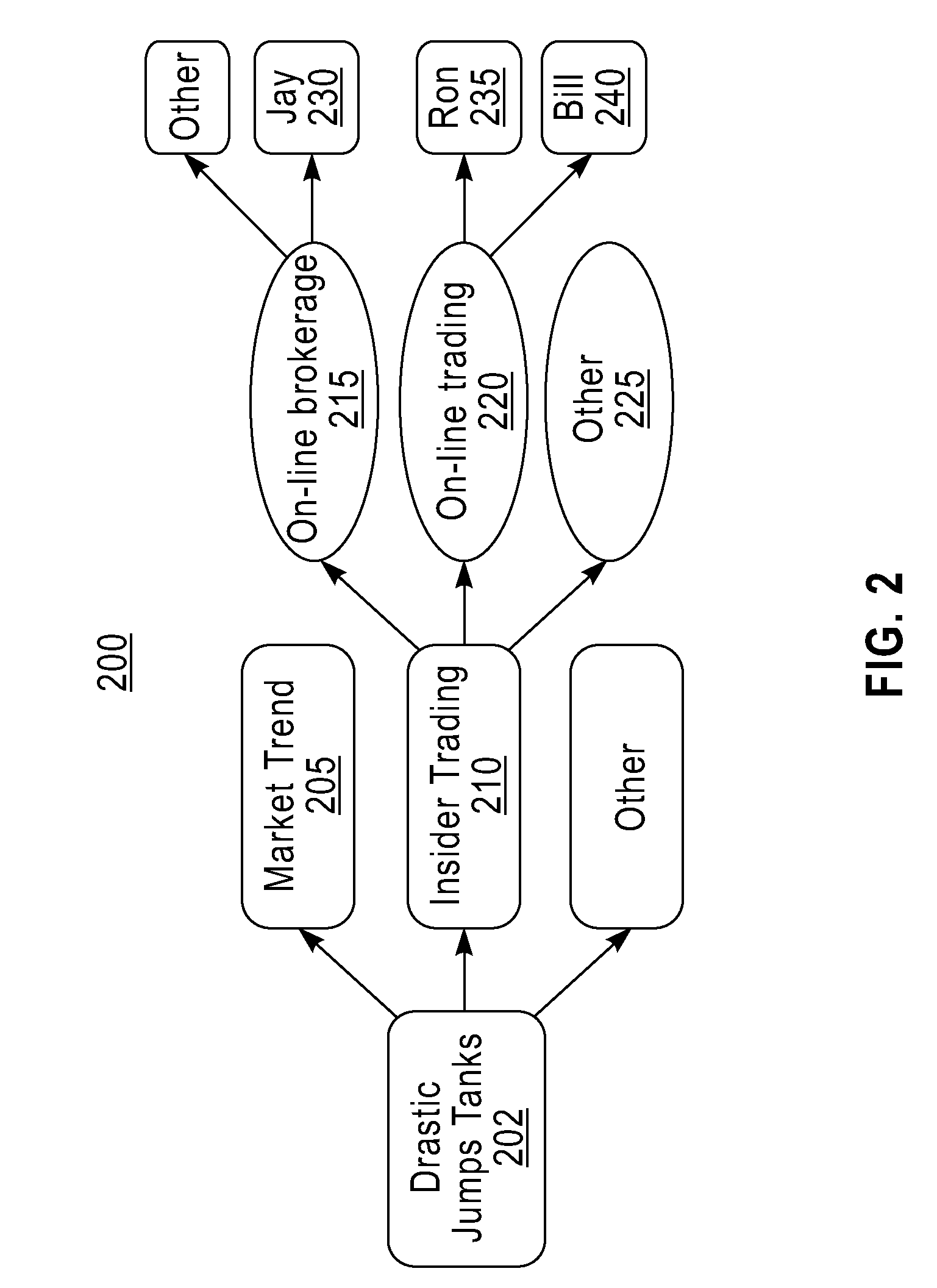Adaptive resource allocation for multiple correlated sub-queries in streaming systems
a streaming system and resource allocation technology, applied in the field of allocation of computing resources, can solve the problems of system disappearance, arbitrage opportunity, and difficulty in continuously processing and analyzing data streams in real-time to extract information
- Summary
- Abstract
- Description
- Claims
- Application Information
AI Technical Summary
Problems solved by technology
Method used
Image
Examples
Embodiment Construction
[0030]FIG. 1 is a flow chart that describes method steps for allocating computing resources (e.g., a server, workstation, processor, software, memory space, network bandwidth, laptop, desktop, tablet computer, or other equivalent computing device / entity etc.) to process a plurality of data streams in one embodiment. A resource allocation scheme described in FIG. 1 for processing a query in data streams (e.g., real-time stock market data, etc.) takes into account one or more of: (a) a dependency (i.e., interrelationship) between various sources (e.g., Bloomberg®, New York Stock Exchange, etc.) of data; (b) a probabilistic relationship (e.g., a model 400 in FIG. 4) between an information retrieval rate of computing resources and a data processing rate of computing resources; (c) a dynamic way to split available computing resources among data streams to maximize information gain. A data processing system (e.g., a computing system 800 in FIG. 8, IBM® InfoSphere™ Streams, etc.) runs the ...
PUM
 Login to View More
Login to View More Abstract
Description
Claims
Application Information
 Login to View More
Login to View More - R&D
- Intellectual Property
- Life Sciences
- Materials
- Tech Scout
- Unparalleled Data Quality
- Higher Quality Content
- 60% Fewer Hallucinations
Browse by: Latest US Patents, China's latest patents, Technical Efficacy Thesaurus, Application Domain, Technology Topic, Popular Technical Reports.
© 2025 PatSnap. All rights reserved.Legal|Privacy policy|Modern Slavery Act Transparency Statement|Sitemap|About US| Contact US: help@patsnap.com



